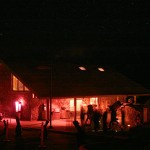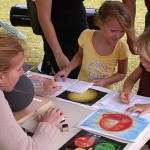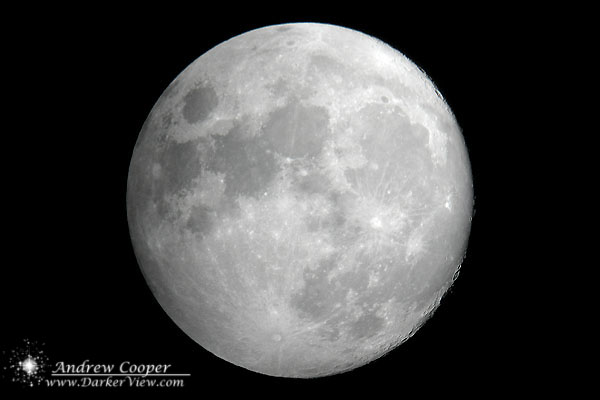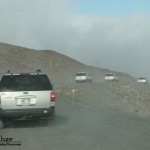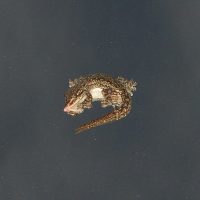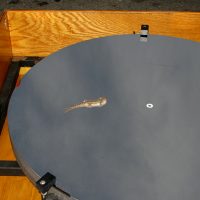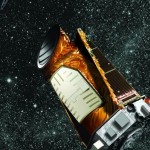Sounds like someone acting very foolishly has pointed a green laser at aircraft around the Hilo airport. Thanks to Baron for noting the HPD press release on the issue. I wonder if there is someone out there who is unaware that aiming a laser at an aircraft is a violation of federal law.
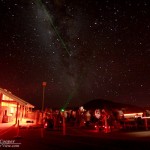
These lasers are also immensely useful. At the VIS and other local star parties we use green lasers to point out the constellations and to educate our visitors about the sky. There is nothing like being able to point out a specific star, nebula or galaxy directly, you can instantly connect an entire audience with the sky without the usual confusion. Friday night it was a green laser that served as a link to the stars when I used it on the patio of the Mauna Kea VIS.
I use a laser under 30mW, bright enough to be seen by a large crowd, as well as being visible with a bright Moon in the sky, but with a low enough power to be reasonably safe. Above about 50mW these laser pointers become much more dangerous as the laser can inflict injury to the eye faster than you can blink and turn away. Fortunately there is almost no air traffic over Mauna Kea making this a place where you can use the lasers with little worry. Another personal rule I follow is to never let kids handle this laser, even though they always clamor to see this bright wonder of technology.
I can only hope this issue does not attract the attention of our reactionary county council, they have a tendency to ban anything that even seems dangerous. This would be another classic case of one stupid person creating problems for those of us who use a technology responsibly.

